A First-Time Buyer's Guide to Attending a Stud Stock Auction
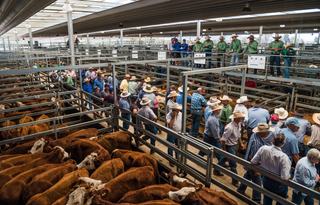

Stepping into your first stud stock auction can feel like entering a different world, from the rapid-fire chatter of the auctioneer, to the knowing nods between seasoned breeders, and the palpable energy as breeding animals enter the ring. Yet this initial intimidation shouldn't deter you, as over 80% of successful stud breeders credit their foundation stock to strategic auction purchases. These events are crucial stepping stones in building superior livestock enterprises.
A stud stock auction represents far more than a simple marketplace. It is where genetic improvement meets opportunity, bringing together the finest purebred animal auctions under one roof. This comprehensive guide aims to transform your first-time anxiety into confident participation, walking through every aspect of the auction process. From pre-sale research to post-purchase logistics, this walkthrough aims to fully prepare you to make informed decisions that could shape your breeding programme for years to come.
Why Attend a Stud Stock Auction: Key Benefits for Buyers
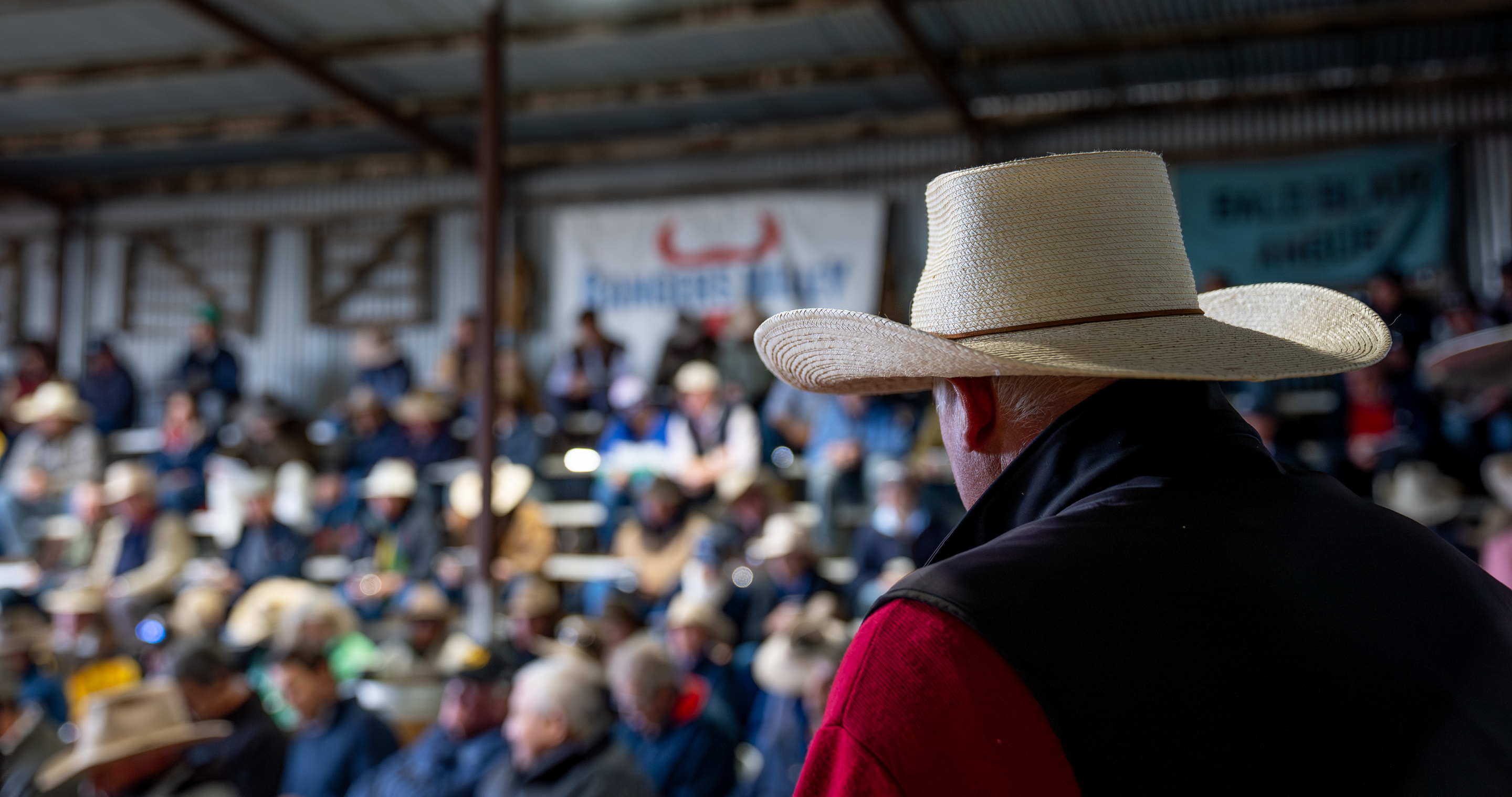
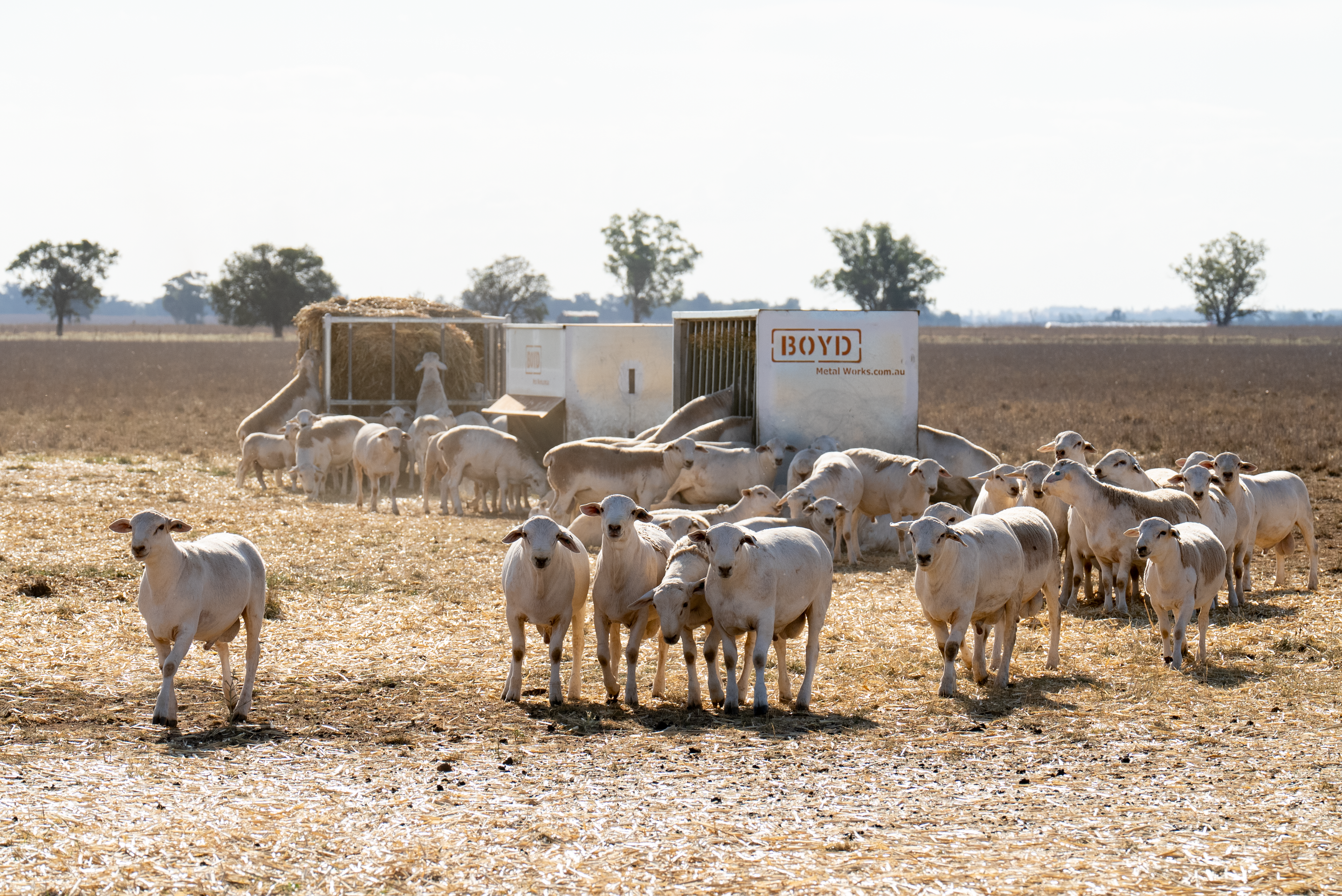
The strategic value of attending a stud stock auction extends well beyond the simple act of purchasing breeding animals. Auctions offer a unique convergence of genetic diversity, transparent pricing, and invaluable networking opportunities that would be difficult to replicate through private sales.
When you walk through those sale yards, you're gaining access to superior genetics from multiple stud properties all in one location. You will be able to compare pedigrees, examine Estimated Breeding Values (EBVs), and assess conformation across numerous bloodlines. This is something that would take months of travel to achieve independently.
The transparent and fair market pricing established through open bidding guarantees you're paying true market value, whilst the competitive atmosphere often reveals opportunities to secure quality animals at prices below private treaty expectations.
Beyond the financial aspects, these events can serve as educational hubs. You are served the opportunity to observe how stock and station agents evaluate animals, learn from experienced breeders discussing breeding values and genetic improvement strategies, and build relationships that often prove as valuable as the stock you purchase.
The efficiency of viewing dozens of potential breeding animals in a single day, combined with the wealth of knowledge circulating amongst attendees, make these auctions indispensable for anyone serious about advancing their livestock breeding programme.
Essential Preparation Before the Big Day
Success at your first stud stock auction begins long before you raise your hand to bid, requiring methodical preparation through careful research and clear objectives.
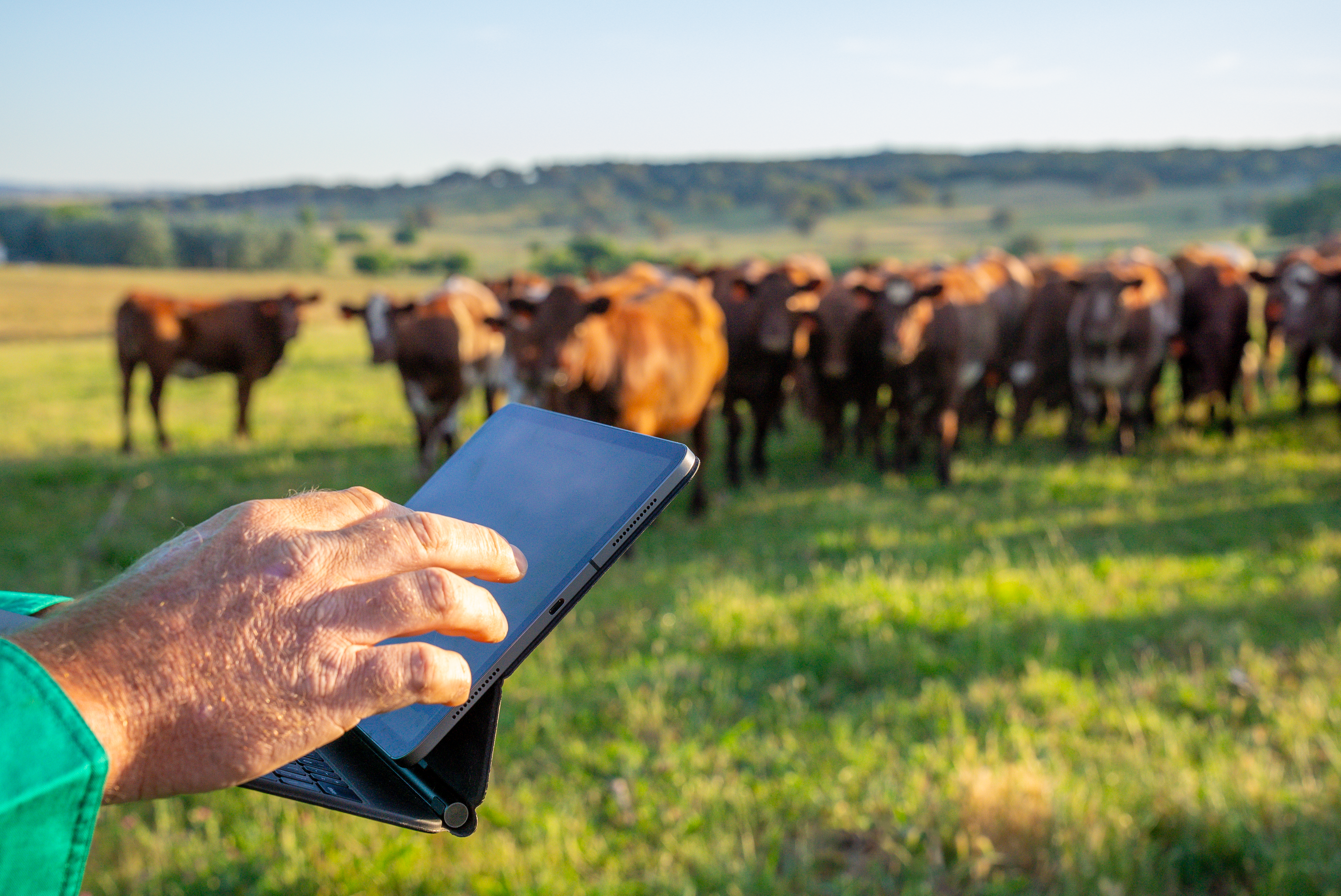
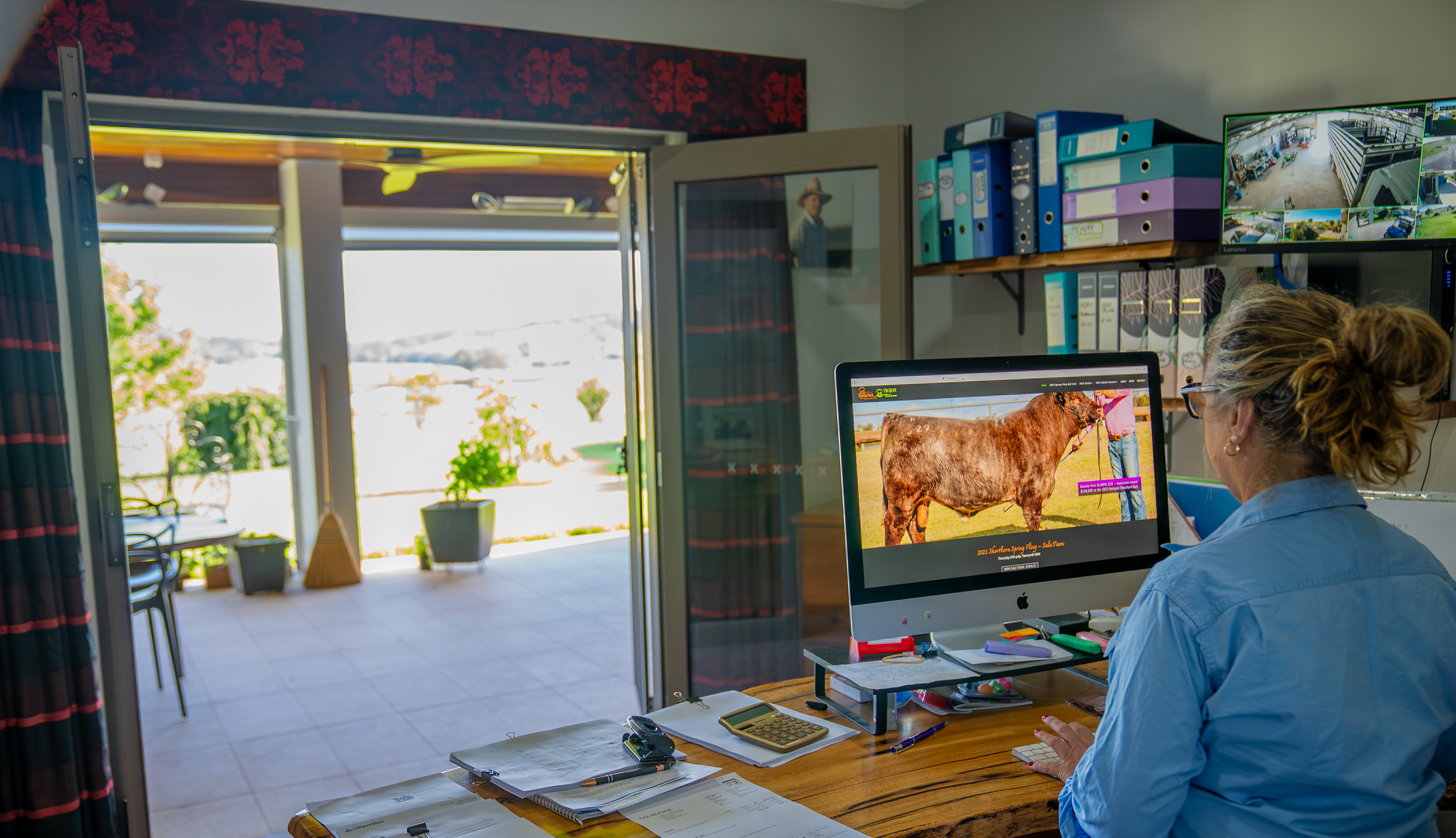
Start by defining your breeding objectives with precision. Determine whether you're seeking to improve calving ease in your cattle herd, enhance wool quality in your sheep flock, or boost growth rates across your livestock enterprise. Clarity on this matter will guide every subsequent decision and prevent impulse purchases that don't align with your long-term goals.
Once your objectives are clear, dive into researching upcoming sales through Farmbuy's comprehensive listings and request sale catalogues well in advance. Do take the time to understand the terminology used in livestock auction catalogues. It is important as well to decipher pedigree information and interpret performance data that indicates each animal's genetic potential.
Setting a realistic budget requires more than simply deciding on a maximum bid. You will need to factor in the hammer price plus additional costs, including transport fees (which can vary significantly based on distance), insurance coverage during transit, stock and station agent commissions (typically 3-5%), and any required health testing or treatments. Check that you have a complete financial picture before auction day arrives.
This pre-auction research phase also presents an ideal opportunity to contact vendors directly with questions about specific lots, helping you narrow down your target animals and develop a shortlist that balances aspiration with budgeting constraints.
The Pre-Sale Inspection Checklist
The pre-sale inspection represents your most critical opportunity to assess potential purchases beyond the catalogue descriptions. A systematic approach is needed to evaluate each animal's structural soundness, temperament, and overall health before committing your hard-earned money.
Begin your inspection by examining structural soundness and conformation, particularly to the feet and leg structure, which will determine the animal's longevity and breeding capability. Look for straight legs, properly angled pasterns, and hooves that show even wear without signs of chronic lameness or structural weakness that could impact future performance.
Temperament assessment proves equally crucial, as you'll want breeding stock that handles calmly in yards and during routine management tasks. Observe how animals respond to human presence, noting those that display alertness without aggression and move confidently without excessive nervousness possess desirable traits. Those that behave conversely could complicate handling or pass undesirable traits to offspring.
Health indicators demand careful scrutiny, from the shine of a healthy coat and clarity of eyes to body condition that suggests proper nutrition and absence of parasites. Check for any discharge from nose or eyes, and listen for laboured breathing. There could also be movement patterns that might indicate injury or illness not disclosed in the catalogue.
Throughout your inspection, continuously cross-reference your observations with the catalogue information, ensuring the physical animal matches its description. Verify that ear tag numbers correspond with registration papers and confirm that any special attributes or awards mentioned are substantiated by the animal you're examining. Discrepancies could indicate errors that need clarification before bidding begins.
Navigating the Auction: What to Expect on Sale Day
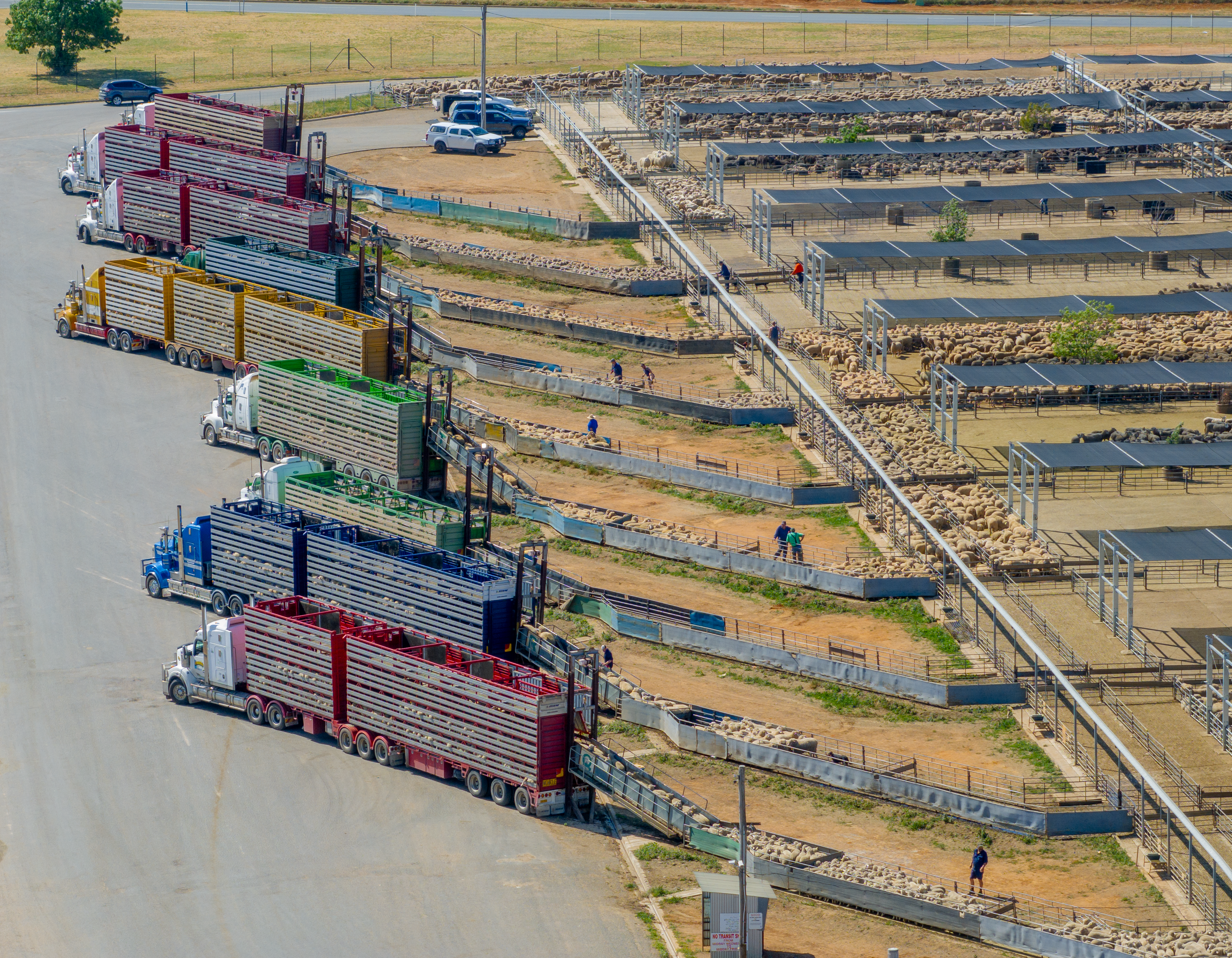
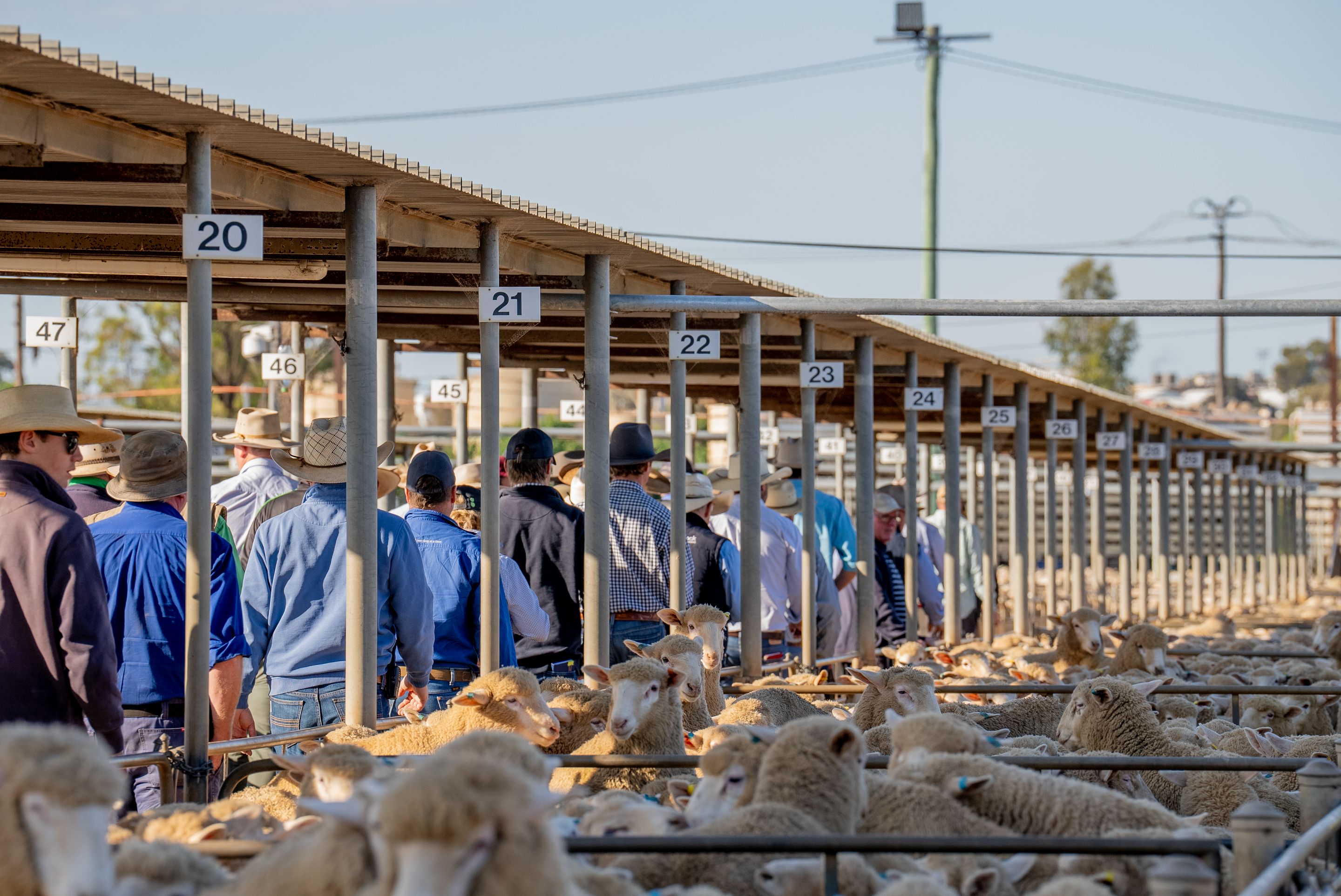
Understanding the auction process transforms what initially appears chaotic into a structured, predictable sequence of events where preparation and composure lead to successful outcomes for first-time buyers.
Registration marks your first official step, typically opening an hour before the sale commences. Remember to bring identification, proof of property ownership or agistment arrangements, and banking details to expedite the process of obtaining your bidder number. Your bidder number will become your official identity throughout the sale and must be displayed clearly whenever you bid.
The bidding process itself follows established conventions that become second nature with observation. Auctioneers begin by inviting opening bids, then work the crowd through incremental increases using a combination of verbal calls and recognition of physical signals. These can take the form of raised hands, catalogue waves, or subtle nods from regular buyers. Make sure you position yourself where the auctioneer and spotters can clearly see you, but also where you can observe other bidders to gauge competition levels.
Familiarity with auction terminology enhances your confidence and decision-making. When an animal is "on the market," it's reached the reserve price and will definitely sell to the highest bidder. If "passed in," it hasn't met the reserve, but may be available for negotiation after the sale. Terms like "sire" (father) and "dam" (mother) appear constantly in pedigree discussions, while phrases like "selling in calf" or "joined" indicate breeding status that affects value and planning considerations.
Attending your first sale in person offers invaluable educational value, which you can do through browsing Farmbuy’s upcoming auctions. Allow yourself to absorb the atmosphere and learn from experienced participants.
You Won the Bid: Important Next Steps
The exhilaration of winning your bid quickly gives way to practical responsibilities that ensure your new stud stock transitions smoothly from auction yard to home property. You should promptly set your attention to paperwork, transport arrangements, and biosecurity protocols.
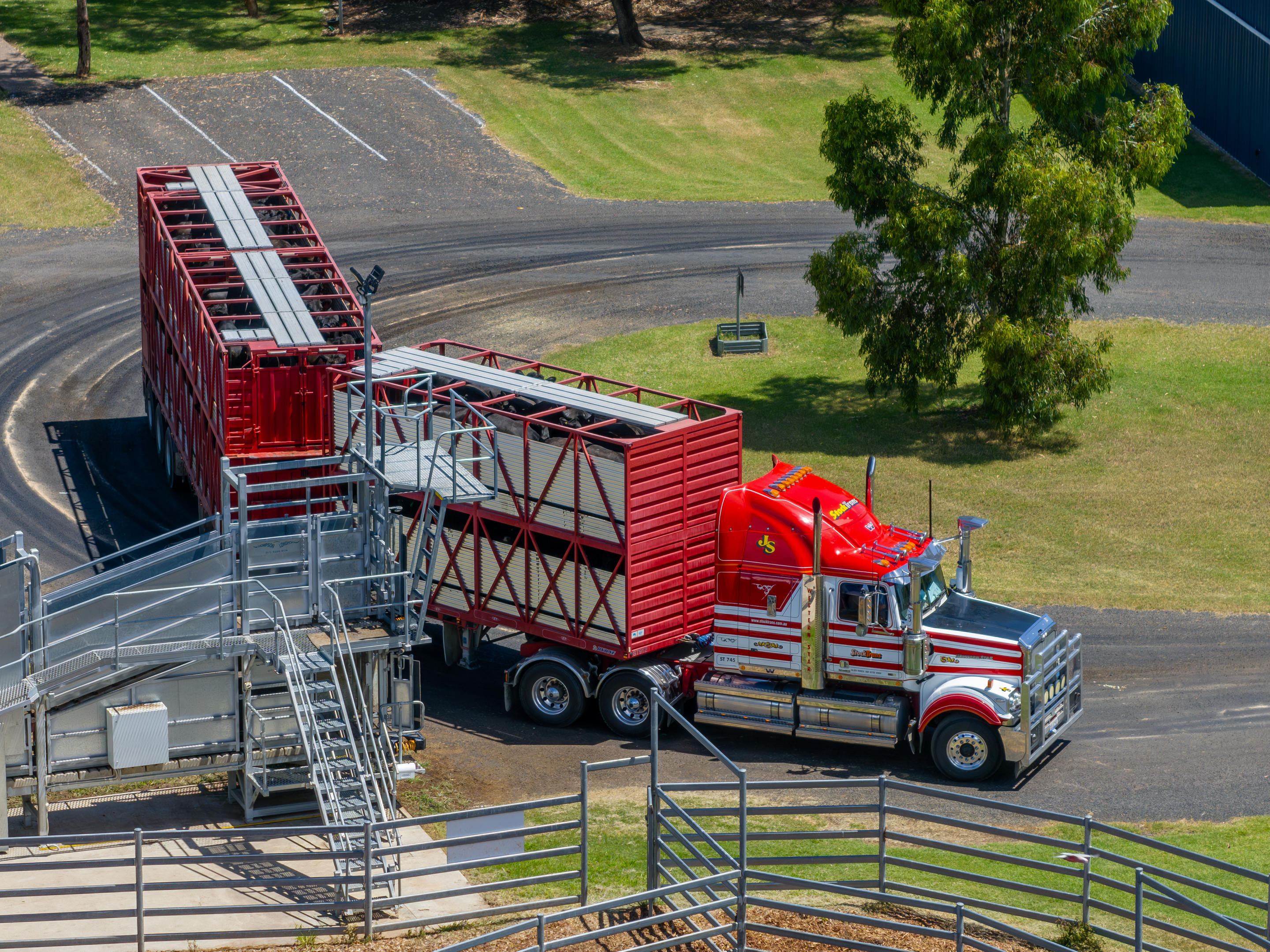
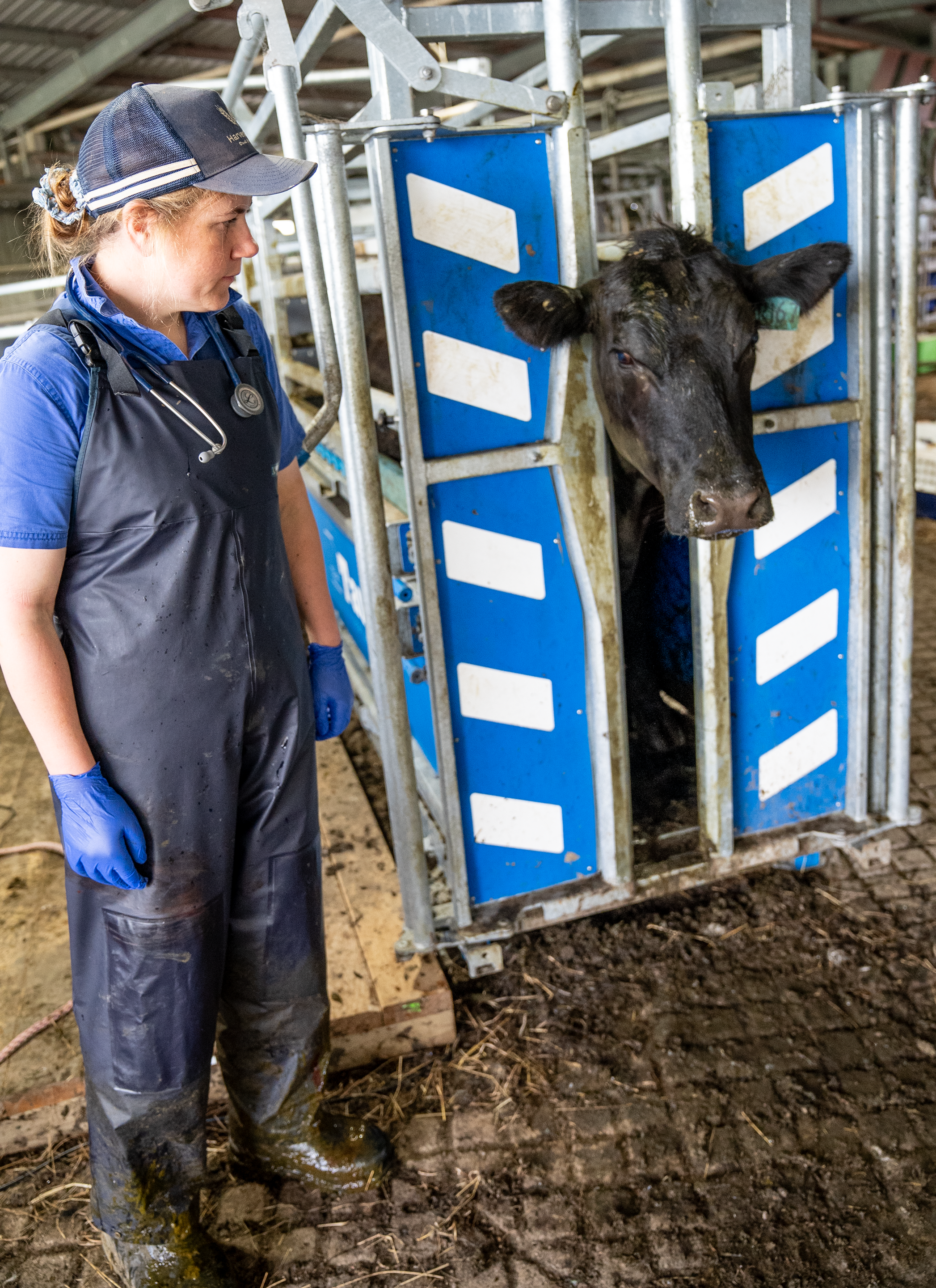
Immediately after your successful bid, proceed to the auction office where staff will guide you through finalising payment. Most sales require settlement within 24-48 hours via bank transfer or pre-arranged credit terms. For this, you'll receive crucial documents including the bill of sale, registration transfer forms for breed societies, health certificates required for transport, and any genetic testing results or performance records associated with your purchase.
Arranging safe transport demands careful consideration of animal welfare and legal requirements. Professional livestock transporters are an option, who offer expertise in handling valuable breeding stock and carry appropriate insurance. But if using your own transport, check that your vehicle and trailer meet safety standards, that you hold necessary permits for interstate movement if applicable, and that you've planned rest stops for longer journeys to maintain animal welfare during transit.
The critical importance of biosecurity and quarantine procedures cannot be overstated when introducing new stock to your property. Make sure that a dedicated quarantine area away from existing animals is established for at least 21 days. Also implement a health monitoring schedule that includes temperature checks and observation for signs of illness, and arrange veterinary inspection within 48 hours of arrival. Conducting any required treatments for internal and external parasites should be done before committing to integration with your herd or flock.
This systematic approach to post-purchase management protects both your investment and existing livestock, as well as establishes foundations for successful breeding outcomes.
Final Thoughts on Your First Stud Stock Purchase
Your journey into purchasing stud stock at auction represents a significant milestone in developing a superior breeding programme, combining careful preparation with strategic decision-making to access genetics that can transform your livestock enterprise for generations.
Remember the three pillars of auction success:
- Thorough research that encompasses both genetic evaluation and market understanding
- Firm budgeting that accounts for total cost of ownership beyond the hammer price
- Comprehensive post-purchase planning from transport through to integration
They form the foundation upon which confident bidding and successful outcomes rest. Don’t forget that every experienced breeder in that sale ring once attended their first auction with similar apprehensions, and most will gladly share insights if approached respectfully. Each sale is an opportunity for both genetic acquisition and knowledge expansion through the livestock breeding community.
Farmbuy's extensive network of stud stock sales across Australia provides numerous opportunities to refine your auction skills, whether you're seeking cattle, sheep, goats, or other breeding stock. As you prepare for your first auction adventure, trust in your preparation whilst remaining flexible enough to recognise unexpected opportunities. Know that with each sale you attend, your ability to identify and secure quality breeding stock that aligns with your genetic improvement goals will continue to strengthen.
Frequently Asked Questions
What should I bring with me to a livestock auction as a buyer?
Essential items include identification documents, proof of property ownership or agistment arrangements, your financial institution details for payment processing, a notepad for recording observations during pre-sale inspection, your marked catalogue with target lots highlighted, comfortable weather-appropriate clothing and footwear for walking through yards, and a mobile phone for photographing animals and contacting transport operators.
How are breeding animals valued at an auction?
Breeding animals are valued based on multiple factors. They include genetic merit demonstrated through EBVs or performance data, pedigree quality and relevance to current market demands, structural soundness and conformation, age and proven breeding performance, current market conditions for that breed or species, and scarcity of particular bloodlines. Premium animals often achieve prices well above commercial stock values.
What does it mean if an animal is "passed in"?
When an animal is "passed in," the bidding hasn't reached the vendor's reserve price (minimum acceptable price), meaning the animal hasn't sold during the auction. Despite this, they may be available for private negotiation immediately after the sale, giving interested buyers another opportunity to purchase through direct discussion with the vendor or their agent.
Are there guarantees on animals purchased at auction?
Most stud stock auctions operate under "buyer beware" conditions with limited guarantees. In spite of this, reputable sales provide veterinary inspection certificates, accurate breeding status declarations, and genetic test results where applicable. Some specialist sales also offer specific guarantees regarding fertility or freedom from genetic defects. Always review the sale conditions carefully before bidding.
What is a "buyer's premium" and does it apply to livestock sales?
A buyer's premium is an additional percentage charge added to the hammer price, although this is relatively uncommon in Australian livestock auctions compared to other auction types. Most stud stock sales instead charge vendor commissions, but always check specific sale conditions as practices vary between auction houses and special feature sales.
Can I bid online if I can't attend in person?
Many modern stud stock sales offer online bidding platforms through services integrated with livestock marketing systems. This allows remote participation with real-time video streaming, though first-time buyers benefit significantly from attending in person to inspect animals and learn auction dynamics firsthand.
What's the difference between a stud stock sale and a commercial sale?
Stud stock sales feature registered purebred animals with documented pedigrees sold specifically for breeding purposes to improve genetic merit. On the other hand, commercial sales offer unregistered animals typically destined for production rather than breeding, with stud sales generally achieving higher prices due to genetic value and recording requirements.
How do I find out about stud stock sales results?
Stud stock sales results are typically published through multiple channels including breed society publications, rural newspapers, auction house websites, and social media platforms. They provide valuable market intelligence about pricing trends, clearance rates, and which bloodlines are attracting premium prices.
What are the most common mistakes first-time buyers make?
Common mistakes include failing to inspect animals before bidding, exceeding budget limits in auction excitement, not accounting for transport and additional costs, buying animals that don't align with breeding objectives, neglecting to arrange transport before bidding, inadequate biosecurity preparation, and not seeking advice from experienced breeders or agents when uncertain.
What kind of health checks should a new animal have after arriving at my property?
New arrivals require comprehensive veterinary examination within 48 hours. The checklist includes temperature monitoring, faecal testing for internal parasites, external parasite inspection and treatment, blood tests for relevant diseases in your region, body condition scoring, feet and teeth examination, and pregnancy testing if applicable. It is important to maintain detailed health records for future reference and to adhere to breed society requirements.







